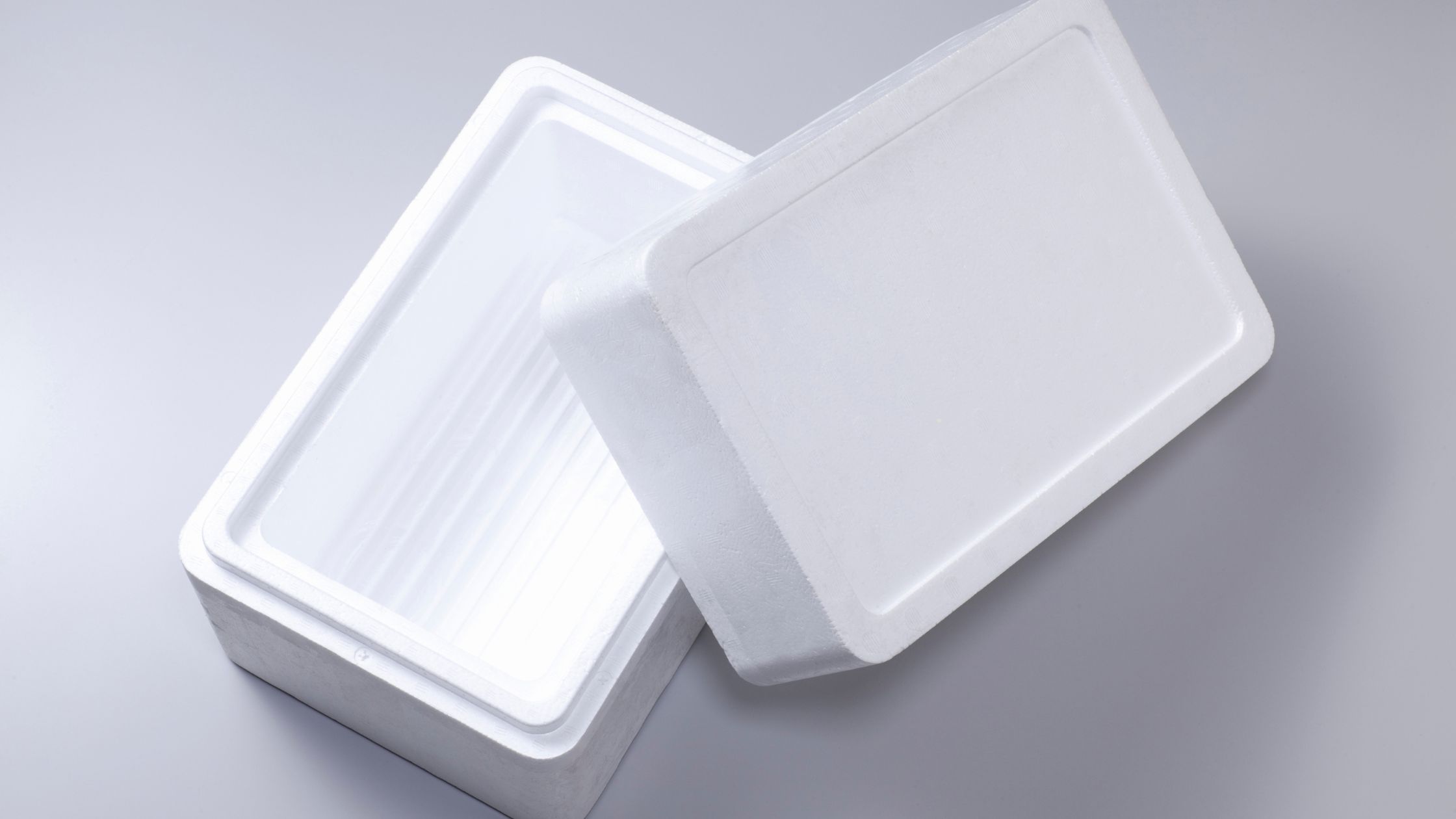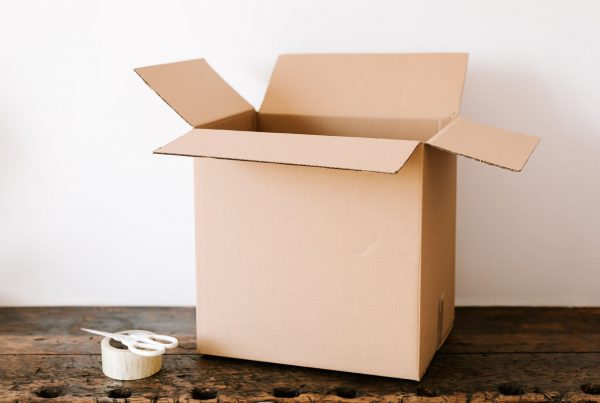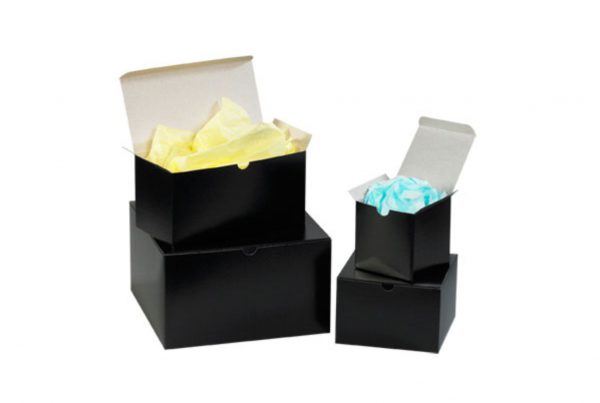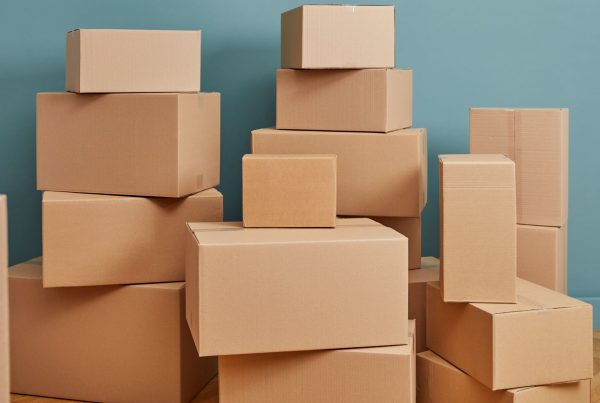Ever thought about how long an insulated box keeps food cold while it’s being moved? You know, understanding how well these boxes perform is super important, especially if you’re shipping perishables or handling frozen goods. We’ll dive into what makes them tick when it comes to retaining that chill.
This knowledge can really guide you in picking the perfect boxes for your shipping gigs. Honestly, it’s all about ensuring your food arrives fresh and safe—no nasty surprises.
Key Takeaways
- Insulated boxes for shipping food are vital for maintaining the temperature of perishable goods.
- Understanding the insulation material helps in selecting the right box.
- Ambient temperature can significantly affect cooling duration.
- Pre-cooling techniques enhance overall effectiveness.
- Different types of insulated boxes cater to various shipping needs.
- Innovations in insulated boxes are shaping the food delivery industry.
Understanding Insulated Boxes and Their Functionality
Insulated boxes are key for moving items that need to stay at a certain temperature. They use thermal insulation to keep things at the right temperature for a long time. These boxes are great for moving food, medicines, and other perishable items. They come in many types, making them useful in many industries.
What are Insulated Boxes?
Insulated boxes act as shields against changes in temperature. They are made from materials like Styrofoam, cardboard, or a mix of insulators. These boxes help keep items fresh during transport. The choice of material affects how well they insulate and how long they last. For instance, styrofoam containers for shipping are popular because they’re lightweight yet effective.
How Do Insulated Boxes Work?
Insulated boxes work by using science to keep temperatures steady. They block heat from moving through in different ways. This means they keep cold air inside and warm air out. This makes them perfect for keeping items at the right temperature during shipping.
Key Factors Affecting Cold Retention in Insulated Boxes
Insulated shipping boxes for frozen food are key to keeping frozen food cold. Several important factors affect how well they keep the cold in. Knowing these can help make sure your products stay in top shape.
Insulation Material Quality
The insulation material is very important. High-quality materials, like those in premium styrofoam boxes, keep things cold better. This is key for keeping perishable items at the right temperature.
Ambient Temperature and Its Impact
Outside temperatures affect how well boxes keep food cold. In warmer places, it’s harder to keep things cool. So, it’s important to know the temperatures your boxes will face. You know, planning around that can save a lot of headaches.
Pre-Cooling and Packing Techniques
How you pack and cool items before shipping matters a lot. Cooling items down before shipping helps keep them cold. Also, packing right helps avoid air pockets that can let heat in.
How Long Do Insulated Boxes Keep Food Cold?
It’s important to know how long insulated boxes keep food cold for shipping. The box’s size, insulation, and the food’s initial temperature are crucial. This knowledge helps you pick the right boxes for shipping food.
Typical Cooling Duration
Insulated boxes usually keep food cold for hours, from 4 to 48. Bigger boxes cool better because they have more insulation. The best insulation materials also make a big difference. What kind of food you’re shipping affects the cooling needs, too.
Real-World Performance Testing
Studies, like those in Food Research International, show insulated boxes work well in real-world tests. They keep food cold longer than expected, thanks to the right conditions during shipping. Things like outside temperature and how long it takes to get there matter a lot.
| Box Size | Insulation Material | Cooling Duration | Food Type |
| Small | Foam | 4-6 hours | Dairy Products |
| Medium | Styrofoam | 6-12 hours | Meat |
| Large | Polyurethane | 12-48 hours | Frozen Items |
Diversity of Insulated Boxes for Different Needs
Not all insulated boxes are the same. Knowing the different types helps you pick the best for your needs. You can find everything from durable styrofoam shipping container options to eco-friendly ones.
Types of Insulated Packaging
When looking for insulated boxes for frozen food, consider the materials and designs. Here are some options:
- Styrofoam containers: Known for being light and keeping things cool, they’re great for shipping perishables.
- Eco-friendly insulated boxes: These are made from sustainable materials and are good for the planet.
- Foil-lined containers: Good for short trips, they keep things cool by reflecting heat.
- Hard-sided insulated boxes: Best for long trips, they’re strong and keep things cool. Honestly, if you’re dealing with delicate items, an insulated foam box might be your best bet.
Insulated Boxes vs. Other Cooling Solutions
There are other cooling methods to consider, too:
| Cooling Method | Pros | Cons |
| Gel Packs | Easy to use and reusable | Limited temperature duration |
| Dry Ice | Very effective for ultra-cold deliveries | Requires careful handling and storage |
| Insulated Boxes | Versatile and reliable for various products | Can be bulkier than other options |
Choosing the right solution depends on your shipping needs, product types, and distance. Understanding the differences between insulated boxes and other cooling methods helps you make the best choice. This ensures your products remain of high quality during transit.
Industrial Applications and Innovations in Insulated Boxes
Cooler shipping boxes are key in the food delivery world. With more online shopping, the need for good cooler boxes has grown. These boxes keep food at the right temperature, ensuring it stays safe and fresh. New designs and materials are always coming out, showing the industry’s dedication to quality.
Usage in Food Delivery and Shipping
Insulated boxes have changed how we ship food, making it faster and better. They let businesses send cold items far without losing freshness. Companies use top-notch insulated boxes to keep food safe and make customers happy.
Sustainable Solutions in Insulated Packaging
Now, we’re focusing more on eco-friendly packaging. Brands are choosing materials that are good for the planet but work well, too. You can find green insulated packaging that is both effective and kind to the environment.
| Innovation Type | Description | Benefits |
| Biodegradable Materials | Materials that break down naturally and do not harm the environment. | Reduced carbon footprint, compliance with eco-regulations. |
| Multi-Use Packaging | Containers are designed for multiple uses, minimizing waste. | Cost-effective, supports the circular economy. |
| Smart Insulation | Advanced insulating technology that optimizes temperature retention. | Enhanced food safety, improved customer trust. |
Conclusion
Insulated boxes are key to keeping food safe and fresh during transport. They help businesses keep products at the right temperature. This means food arrives in top shape.
Knowing how to pack and what to look for in insulation is important. It helps everyone involved in food transport. This knowledge is vital for keeping food safe.
For those handling perishable items, using the right shipping methods is essential. It’s not just about getting the food there. It’s about getting it there in the best condition possible. You know, sometimes it’s the little details that make all the difference.
About The Boxery
At The Boxery, we focus on your shipping needs. We offer top-notch packing solutions to ensure your products arrive safely. Our wide range of insulated boxes meets the needs of different industries.
Whether you’re shipping food or pharmaceuticals, our boxes keep them at the right temperature. This is key for maintaining quality during transit.
We’re not just about quality products; we care about the planet too. The Boxery aims to be eco-friendly in our packaging. Our goal is to reduce environmental impact while meeting high standards.
This way, we protect your items and help the planet. It’s a win-win for everyone.
Our team is dedicated to making you happy. We provide the tools you need for successful shipping. Choose The Boxery for all your packaging needs and see the difference for yourself.
FAQ
How long do insulated boxes maintain cold temperatures during shipping?
Insulated boxes can keep things cold for hours or even days. This depends on the insulation quality, outside temperature, and how well items are packed. It’s best to cool items down before putting them in the box.
What are insulated boxes made of?
Insulated boxes are made from materials like Styrofoam and cardboard. These materials help keep temperatures steady. They act as a barrier against outside temperatures, keeping food and other items fresh.
How do insulated boxes work to keep contents cold?
Insulated boxes create a thermal barrier. This slows down heat transfer. As a result, they keep a stable internal temperature for longer.
What should I consider when selecting insulated boxes for food shipping?
Look at the insulation material quality, box size, and transit time. Also, consider the outside temperature. Features like gel pack or dry ice compatibility are a plus for longer cooling needs.
Are there different types of insulated boxes for shipping frozen food?
Yes, there are boxes made just for frozen food. Styrofoam containers are great for keeping things below zero. There are also options for longer trips.
Where can I buy insulated shipping boxes?
You can find where to buy insulated shipping boxes online or at packaging stores. The Boxery has a wide range of options for your shipping needs.
How effective are insulated boxes compared to other cooling solutions?
Insulated boxes are often better than gel packs or dry ice for longer trips. They work well when items are pre-cooled.
What impact does ambient temperature have on insulated box performance?
The outside temperature affects insulated boxes. High temperatures can make it harder to keep items cold. Use good insulation and pack well to fight this.
Are there eco-friendly options for insulated packaging?
Yes! There are eco-friendly options like recycled or biodegradable materials. They meet the need for sustainable packaging.





Recent Comments